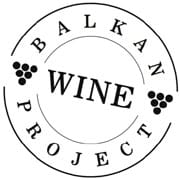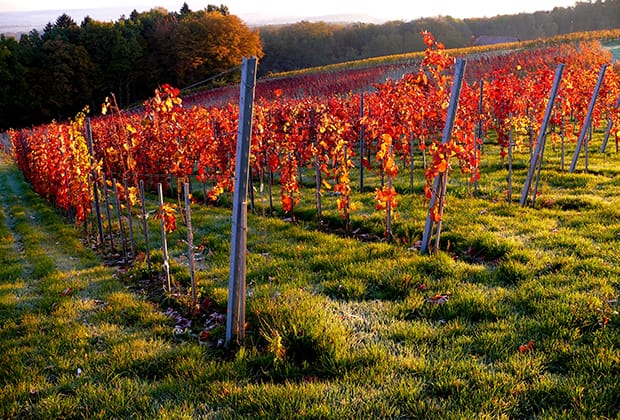The earliest evidence of Slovenia being a wine producing area dates back to approximately 400 years B.C. In the decades following the Second World War, winemaking along with the increased popularity of wine consumption, had gradually gained popularity. The legislation and rules put in place to elevate the status and quality of Slovenian wines during the early 1970's guided winemakers in the direction of the quality wines. Currently almost 70% of Slovenian wines fulfill the criteria needed for quality and premium wine production, which is a result of a highly developed wine culture, demanding market and educated consumers.
Vitis vinifera has transformed and shaped Slovenia and its wine growing regions throughout the centuries into three distinct units. The Southwestern part of Slovenia is considered to be home to the Primorska growing region, and produces the most wine in Slovenia. The Primorska region is responsible for approximately 40% of all wine production in Slovenia. The entire Eastern and Norteastern part of Slovenia is home to the wine growing region of Podravje, while the Southeastern part (based on surface of land under vines and amount of produced wine), belongs to the smallest region, the wine growing region of Posavje. Since there are notable differences within the regions with regard to winemaking and other geographical, weathe, grape r and soil characteristics, the regions are subdivided into smaller wine growing districts, which are further subdivided into wine growing sub districts.




